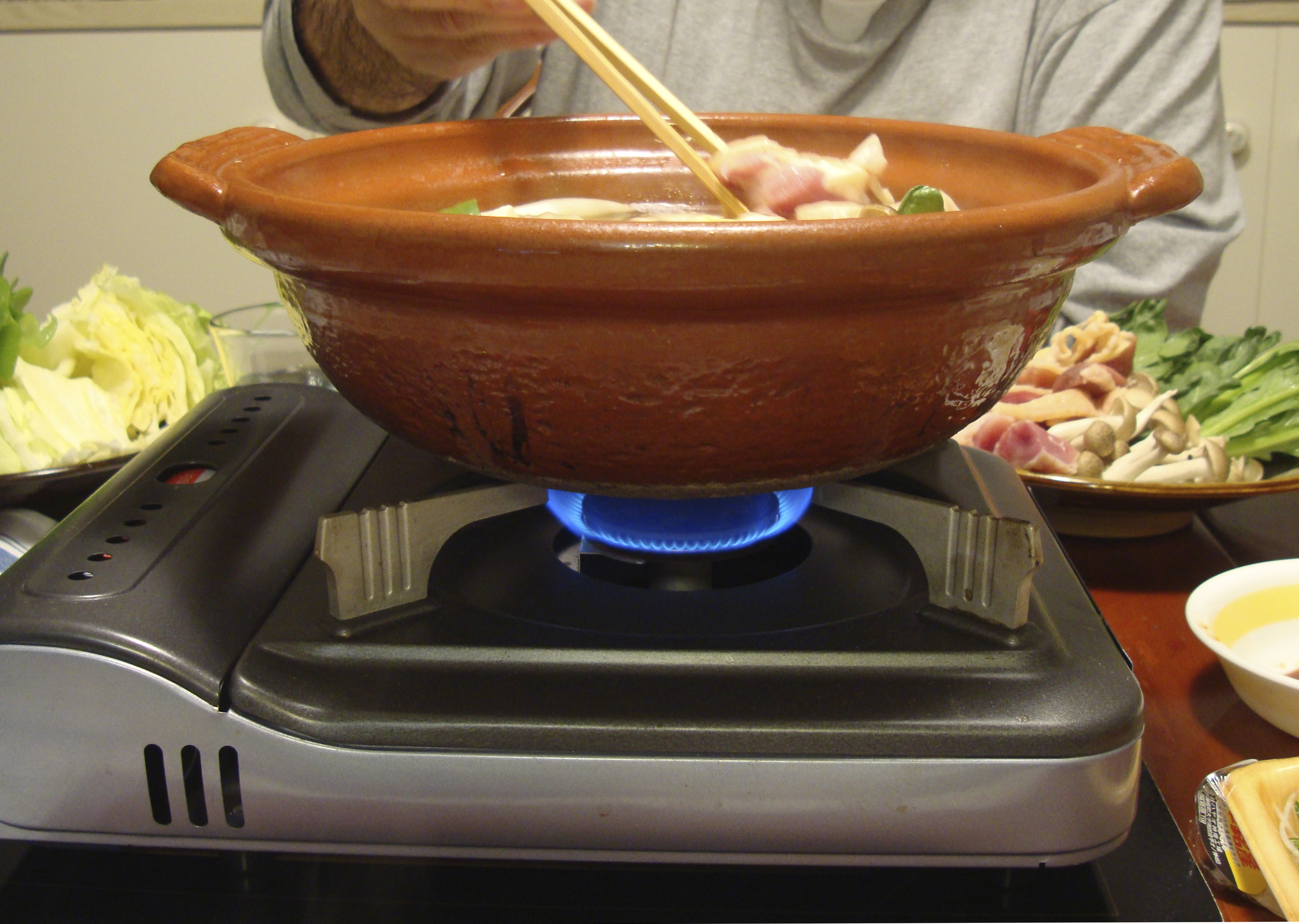What comes to mind when you think of convivial home-cooked family meals? In Japan, the answer is usually nabe, or hot-pot cooking.
A large communal pot is placed in the center of the dinner table on a portable burner, bubbling with a flavorful broth, in which meat or fish, vegetables, mushrooms and other ingredients are cooked and taken out by each diner when they're ready to eat. Nabe meals warm the heart and soul as well as the body, and are a favorite during the fall and winter.
The basics of nabe have remained quite constant since the 19th century. Communal hot pots have probably been around ever since pots were invented, but nabe cooking as we know it today only became widely popular in Japan in the later Edo Period, when small portable burners called hibachi (which literally means "fire pot") became safe enough to use in small wooden dwellings and eating establishments.



